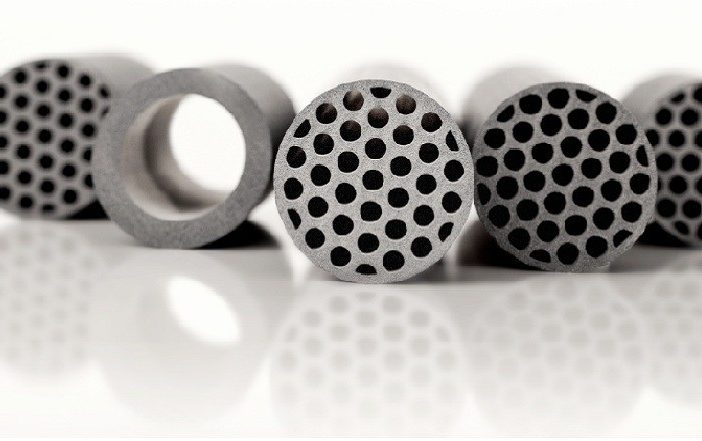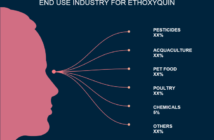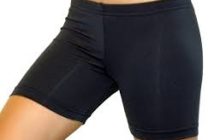Ceramic membranes are artificial membranes made from inorganic materials such as titania, alumina, silica, zirconia, and others. Titania and zirconia are more stable materials as compared to alumina and silica. Ceramic membranes usually have an asymmetrical structure with multiple porosity levels. On the basis of layers, several porosity pore sizes are available for specific filtration needs such as microfiltration, ultra-filtration, and nanofiltration. All elements in a membrane are housed together and can withstand high temperatures, high pressures, and extreme acidity or alkalinity. These key attributes such as high chemical, thermal, and mechanical stability, coupled with biologically inert nature provides a competitive advantage over polymeric and other inorganic membranes. Ceramic membranes are therefore, used in wide range of applications such as water treatment, wastewater treatment, pharmaceuticals, food & beverages, chemicals, textiles, and other industrial applications. Each industry has its typical requirements and offers opportunities for use of ceramic membranes.
Request Sample of Ceramic Membrane Market : https://www.coherentmarketinsights.com/insight/request-sample/358
Global Ceramic Membrane Taxonomy
The global ceramic membrane market is classified on the basis of the following segments:
By material:Titania,Alumina,Zirconia,Silica,Others
By application:Water & Wastewater Treatment,Pharmaceuticals,Food & Beverages,Chemicals,Textiles,Others
By technology:Ultrafiltration,Microfiltration,Nanofiltration,Others
Prevalent Scenario in Ceramic Membrane Market
The increasing global demand for water treatment is the main driver for the global ceramic industry. The robustness of ceramic as compared to polymerics has led to their rapid use in a wide range of industrial water treatment and drinking water treatment across the world. The nano-filtration technology is used in liquid phase membrane separation processes for separation of natural organic and inorganic substances. Its key functionalities include water softening, recycling, sterilization, and stability in very high or low pH environments makes it a suitable technology for various application industries such as water & wastewater treatment, food & beverages, biotechnology, and pharmaceuticals. Also, wide range of water applications based on ceramic membrane technology has led to their international recognition as a reliable and proven technology for water reclamation. The scarcity of water is a crucial issue in some regions, which is a result of rising population and water pollution. This has been fueling the demand for ceramic membranes in water filtration. Ceramic membranes incur high production costs and high investments for companies for developing the technology to incorporate into various applications. Although there is a high capital costs, manufacturers are focusing on developing the cost-effective methods of ceramic membranes and offer them at competitive prices. The ceramic membranes are used for water treatment which requires their compliance with strict regulations and standards followed internationally. Key players are increasingly focusing on developing newer membrane technologies and increasing incorporation into different applications. Asia-Pacific region is home to various emerging economies such as China and India, as well as emerging activities in the water & wastewater treatment, pharmaceuticals, food & beverage, and biotechnology sectors. Moreover, rapidly growing infrastructure sector in these emerging economies, increase in foreign direct investments, and government initiatives to promote industrial growth has fueled ceramic membrane market in the Asia Pacific region.
Request customization of the report :https://www.coherentmarketinsights.com/insight/request-customization/358
Fragmented Market
The global ceramic membrane market is highly fragmented due to the presence of many established and local players across the world. Major players involved in the market include TAMI Industries (Singapore), PALL Corporation (U.S.), A-tech Innovation GmbH (U.S.), Hyflux Ltd. (Singapore), Siva (India), DNP (Japan), The Toyo Ink Group (Japan), Suntar (China), Shijie (China), and Jiusi (China).




